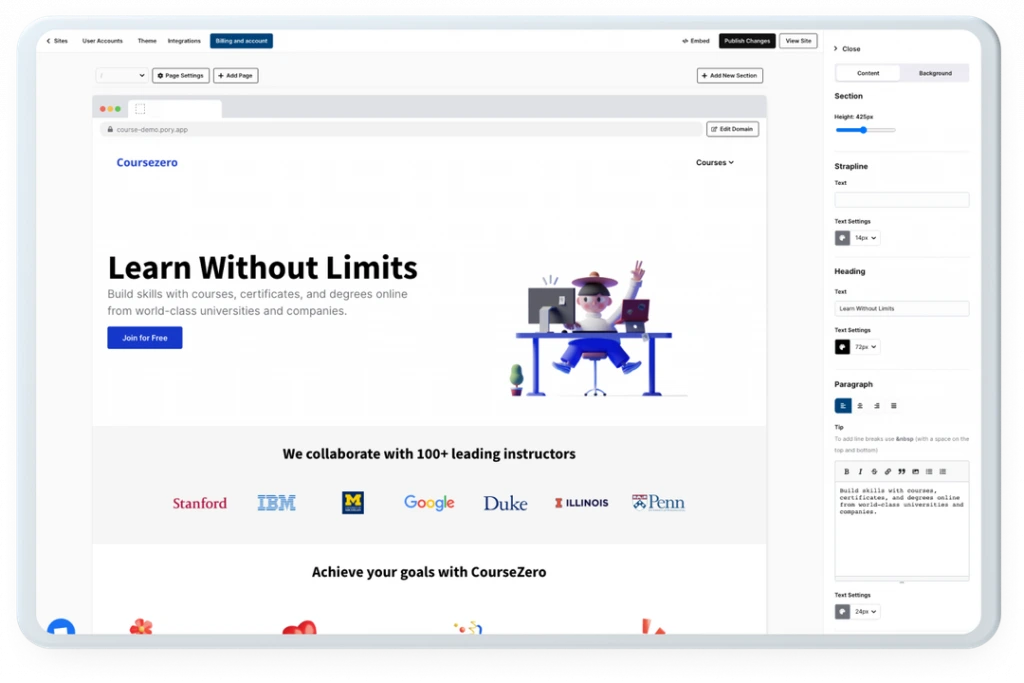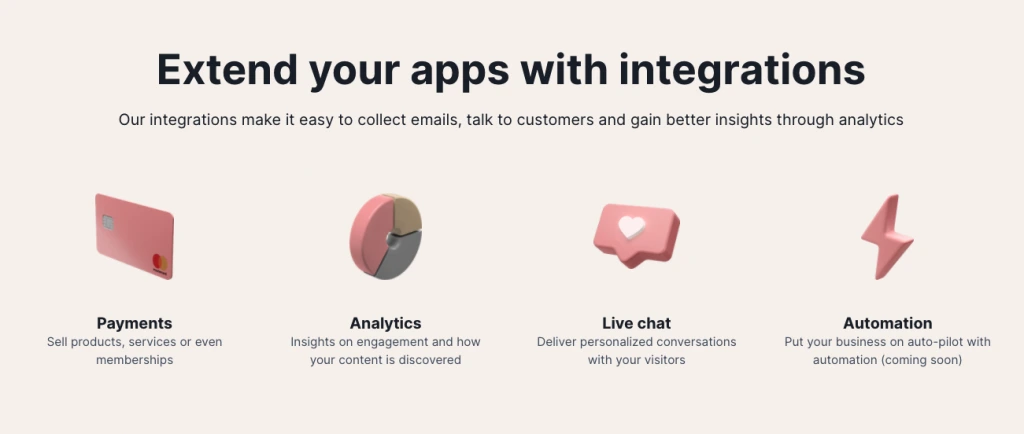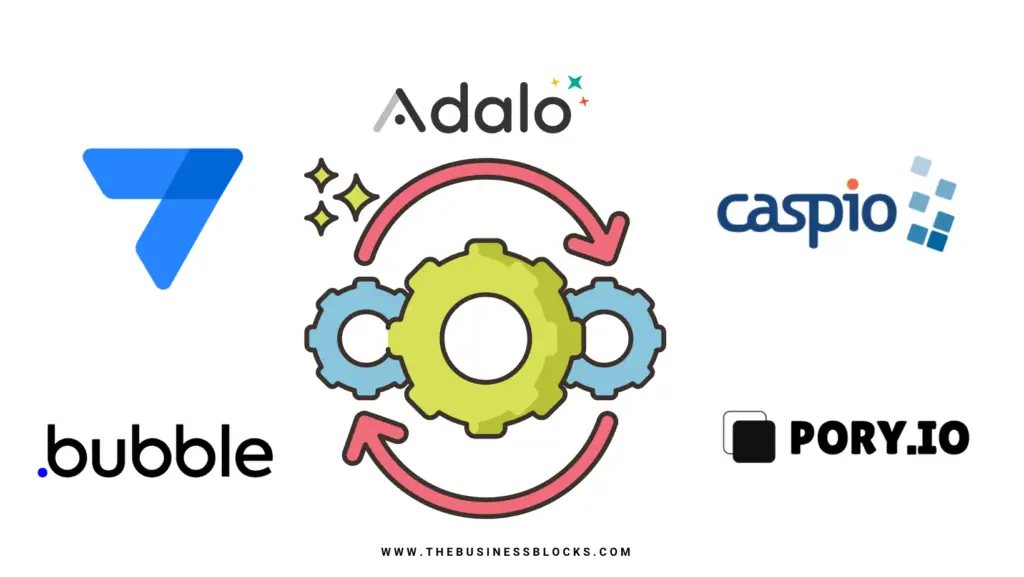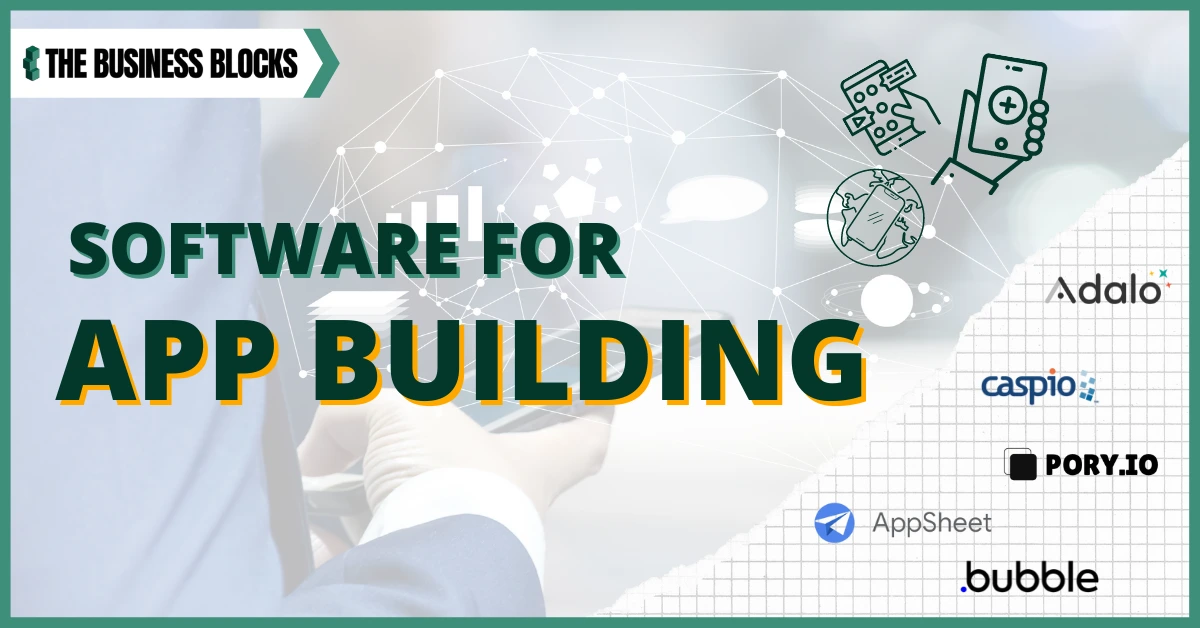Key Takeaways:
- Custom solutions increase efficiency: Custom applications are engineered to fit precise business needs, streamlining workflows and boosting operational efficiency uniquely tailored to the company’s requirements.
- Competitive differentiation through customization: Custom software provides businesses the ability to differentiate themselves by enhancing customer experience and introducing innovative features not available through off-the-shelf software.
- Scalability and flexibility for growth: Custom applications are designed to accommodate growth, ensuring they remain functional and effective as business needs evolve and expand.
How can businesses truly differentiate themselves in a crowded marketplace? Custom application development offers a compelling answer, providing tailored software solutions that precisely fit unique operational needs.
By focusing on strategic customization, companies can achieve unprecedented levels of efficiency and customer engagement, setting themselves apart from competitors who rely on generic, off-the-shelf software. That said, this guide will explore numerous strategies for leveraging custom application development to enhance a company’s competitive edge.
Benefits Of Custom Applications
Custom applications offer many benefits that can significantly enhance business operations and strategic positioning. Here are some key advantages:
1. Tailored Solutions
Developers specifically design custom applications to meet the unique requirements of a business, ensuring that all features and functionalities align with the company’s specific needs. This tailored approach can optimize workflows, improve operational efficiency, and address unique challenges that off-the-shelf software cannot.
Furthermore, integrating robust IT support services in Dallas or any other location can enhance this customization, providing local, real-time technical assistance and ensuring that any software issues are swiftly addressed. This combination not only fortifies the application’s performance but also boosts overall business productivity through seamless technology management.
2. Competitive Advantage
By implementing software that is customized to support their unique business processes, companies can differentiate themselves from competitors who may be using generic solutions. This can lead to a superior customer experience, more effective data management, and innovations that are distinct to the business.
3. Scalability
Custom applications can grow with the business, accommodating increased data, additional users, and evolving business models without significant restructuring. This scalability ensures that the software remains valuable and efficient as the company expands or shifts its strategies.
4. Integration Capabilities
Custom applications can be designed to integrate seamlessly with other tools and systems already in use within the company. This integration capability simplifies processes, improves data accuracy, and reduces the time spent on data management and transfer between systems.
5. Improved Security
With custom applications, businesses have more control over their security environment. They can implement security measures specifically designed to protect their data and their customer’s information in accordance with industry standards and regulations.
6. Long-Term Cost Savings
Although the initial investment in custom software might be higher compared to off-the-shelf solutions, over time, custom applications often lead to cost savings by enhancing operational efficiency, reducing the need for multiple software, and minimizing system disruptions.
7. Ongoing Support and Development
Custom app development usually includes ongoing maintenance and support. This relationship ensures quick resolution of any issues and allows for the software to be updated to meet changing requirements and incorporate new technologies as they emerge.
By leveraging these benefits, businesses can craft powerful tools that not only solve the challenges they face today but also provide a foundation for future growth and innovation.
Strategies To Gain a Competitive Advantage With Custom Application

Enhancing your competitive edge through custom application development involves strategic planning and execution. Here’s a detailed look at how to leverage custom software solutions effectively:
1. Identify Specific Business Needs
The foundation of impactful custom application development is a deep understanding of your unique business requirements. Begin by conducting a thorough analysis of your internal operations to identify inefficiencies or gaps that standard software fails to address. Design custom apps to solve specific problems, streamline operations, or enhance productivity in ways that are perfectly tailored to your business’s processes and goals.
2. Involve Stakeholders Early
For a custom application to be truly effective, it’s crucial to involve key stakeholders from various departments early in the development process. Their insights and feedback are invaluable as they can highlight essential features and functionalities from the perspective of end-users. Early engagement also promotes a sense of ownership and facilitates smoother adoption of the application across the organization.
3. Emphasize User Experience (UX)
User experience is paramount in custom application development. An application designed with an intuitive and user-friendly interface significantly enhances user satisfaction and increases productivity, thereby giving your business a competitive advantage. Invest in UX design to ensure that the application is accessible, easy to navigate, and meets the user’s needs efficiently.
4. Leverage Agile Methodologies
Adopting agile methodologies in the app development process allows for greater flexibility and responsiveness to changes. Agile practices encourage iterative development, where features are developed, tested, and improved in successive cycles based on continuous user feedback. This approach not only accelerates the development process but also ensures the final product is more aligned with user expectations and business objectives.
5. Integrate Advanced Technologies
Integrating advanced technologies such as artificial intelligence (AI), machine learning, and blockchain can significantly enhance the capabilities of your custom application. These technologies can automate complex processes, secure data transactions, and provide deep insights into business operations. By leveraging these cutting-edge technologies, your application can offer unique solutions that set your business apart from the competition.
6. Ensure Scalability
Custom applications must be designed with scalability in mind. This means they should be able to handle increased loads and expand functionality without losing performance as your business grows. Planning for scalability from the outset avoids the need for significant modifications or complete overhauls as your user base expands or as data volume increases.
7. Prioritize Security
Security should be a core consideration in every phase of custom application development. Building robust security measures into the application protects sensitive data, complies with legal regulations, and enhances trust among users. This is particularly important in industries where data breaches can have catastrophic effects on customer trust and compliance with industry standards.
8. Continuous Testing and Feedback
Continuous testing and feedback integration throughout the development process are critical for crafting a high-quality application. Regular testing helps identify and address issues early and adapting the application based on real-time user feedback ensures that it remains relevant and continues to meet user needs effectively. This ongoing cycle of feedback and improvement helps maintain the application’s integrity and usefulness.
9. Support and Maintenance
After deployment, ongoing support and maintenance are essential to address any operational issues quickly and to update the application as needed. Regular maintenance ensures the application performs optimally and remains secure against emerging threats. Additionally, continuous support improves user satisfaction as issues are resolved swiftly, ensuring minimal disruption to business operations.
10. Measure Impact and Return On Investment (ROI)
Finally, it’s essential to establish clear metrics to measure the impact and ROI of the custom application. These metrics should reflect the application’s effectiveness in improving operational efficiency, increasing revenue, or enhancing customer satisfaction. Regularly reviewing these metrics will help you understand the application’s value to your business and guide future enhancements.
By adhering to these detailed strategies, businesses can maximize the benefits of custom application development services and secure a significant competitive advantage in their respective markets.
Conclusion
As industries continue to evolve and new challenges arise, the adaptability and specificity offered by custom applications will become increasingly crucial. For businesses committed to innovation and growth, investing in custom application development is not just an option; it’s a necessity to remain relevant and competitive in the future landscape.















